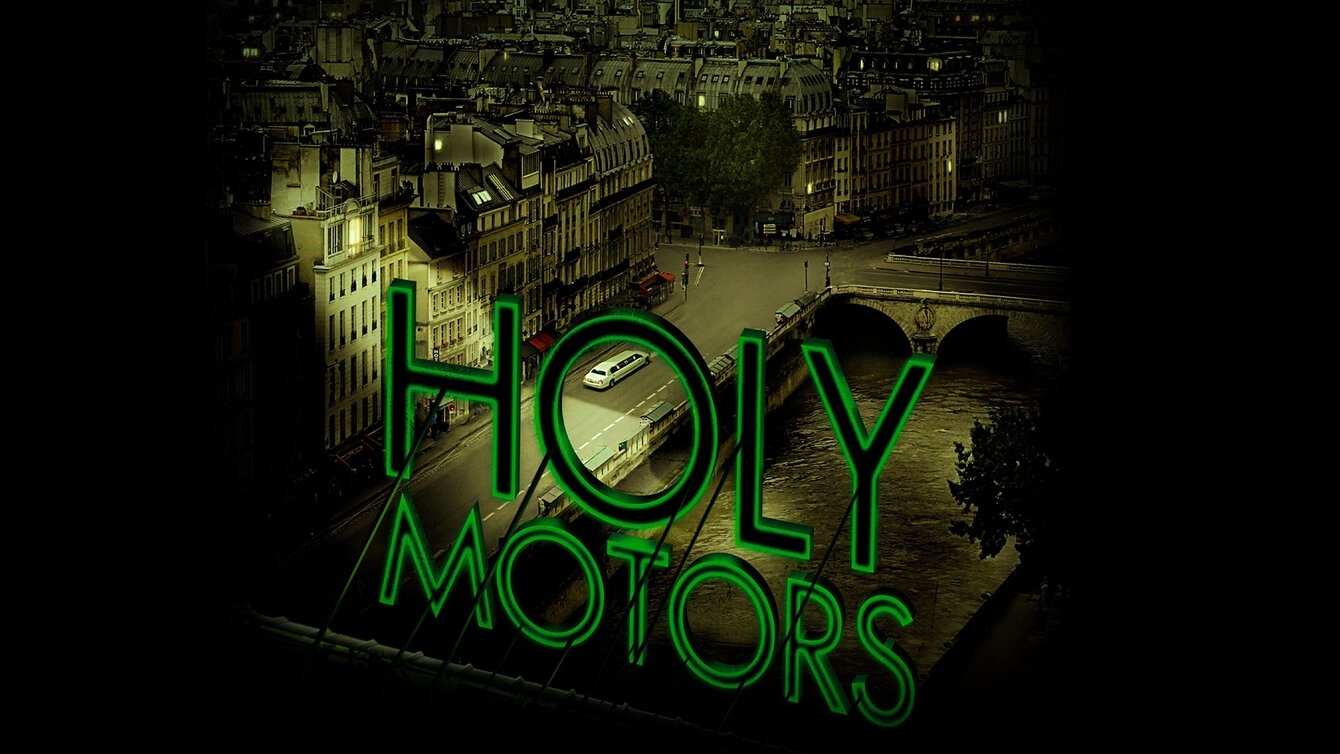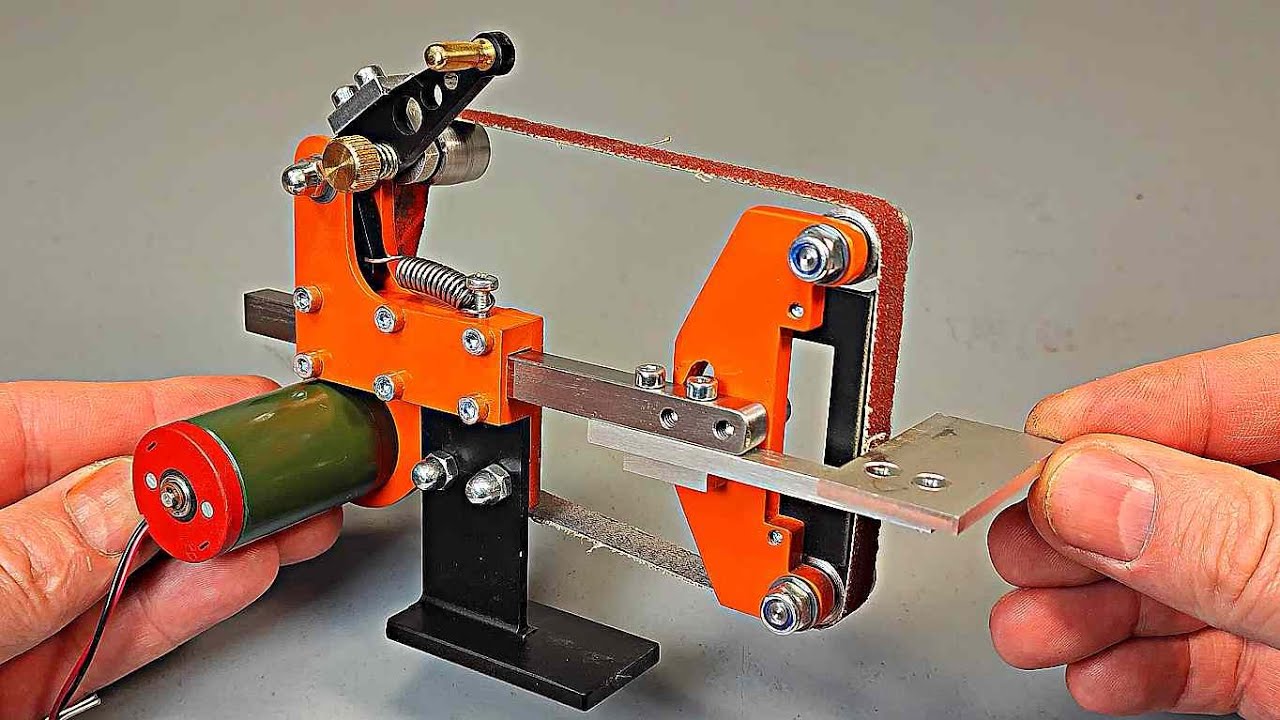
Holy Motors is a critically acclaimed French movie that has captivated audiences with its surreal and thought-provoking narrative. Directed by Leos Carax, this film takes viewers on a mesmerizing journey through various genres and styles, leaving them questioning the boundaries of reality and performance. Holy Motors is not your typical Hollywood blockbuster; it’s a cinematic masterpiece that pushes boundaries and challenges traditional storytelling. In this article, we will delve into 37 fascinating facts about Holy Motors that will enhance your appreciation for the film and give you a deeper insight into its creation. So, buckle up and get ready to dive into the enchanting world of Holy Motors!
Key Takeaways:
- Surreal and thought-provoking, “Holy Motors” takes audiences on a wild ride through the world of performance and identity, challenging viewers to embrace the unexpected and question the boundaries of reality.
- With stunning visuals and a non-linear narrative, “Holy Motors” celebrates the power of imagination and the transformative nature of storytelling, inviting audiences to explore the enigmatic world of cinema.
Holy Motors is a French-German fantasy drama film released in 2012.
Directed by Leos Carax, Holy Motors takes audiences on a surreal journey exploring the identity and existence of Monsieur Oscar, played by Denis Lavant.
The film features a series of interconnected vignettes.
Each vignette presents Monsieur Oscar embodying different characters, ranging from a beggar and a motion capture artist to an assassin and an old man.
Holy Motors received critical acclaim upon its release.
The film was praised for its innovative storytelling, stunning visuals, and thought-provoking themes of performance, identity, and the blurred line between reality and fiction.
Its title refers to the mobile nature of cinema.
Just as cars are vehicles transporting people from one place to another, cinema takes viewers on a journey, transporting them to different worlds and experiences.
Holy Motors was nominated for the Palme d’Or at the 2012 Cannes Film Festival.
The film gained international recognition and competed for the prestigious Palme d’Or, the highest prize awarded at the festival.
The movie explores the nature of performance and the masks we wear.
Through Monsieur Oscar’s transformations, Holy Motors delves into the complexities of identity and the different roles we play in society.
Kylie Minogue makes a special appearance in the film.
The Australian singer-songwriter portrays a fellow performer in one of the vignettes, adding an extra layer of star power to the movie.
Holy Motors features mesmerizing cinematography.
The film’s visuals, captured by cinematographer Caroline Champetier, create a dreamlike atmosphere that enhances the surreal nature of the narrative.
The movie pays homage to classic films and genres.
Throughout Holy Motors, there are nods to various cinematic styles, including musicals, spy thrillers, and melodramas, demonstrating Carax’s love for cinema history.
Holy Motors challenges conventional narrative structures.
The film embraces a non-linear approach, leaving audiences to make their own interpretations and explore the deeper meanings behind the scenes.
The musical score of Holy Motors was composed by Neil Hannon.
The film’s haunting and atmospheric music further enhances the emotional impact of the story, reflecting the different moods and tones of each vignette.
The film takes place over the course of a single day.
Monsieur Oscar’s adventures unfold from morning until night, showcasing the diverse range of characters and scenarios he encounters.
Holy Motors employs symbolism and metaphor throughout.
Carax uses powerful symbols and metaphors to provoke reflection on topics such as the fleeting nature of life, the illusion of identity, and the beauty in imperfections.
The movie challenges the line between reality and illusion.
By blurring the boundaries between what is real and what is imagined, Holy Motors invites audiences to question their own perceptions and beliefs.
Holy Motors contains moments of humor amidst its thought-provoking themes.
The film balances its philosophical inquiries with moments of absurdity and wit, ensuring it is not all seriousness and heavy contemplation.
Denis Lavant delivers a captivating performance as Monsieur Oscar.
Lavant’s versatility as an actor shines as he effortlessly transitions between the various characters, each with their unique personality and physicality.
The movie serves as a commentary on the evolution of cinema.
Through Monsieur Oscar’s transformations, Holy Motors reflects on how cinema has evolved and adapted to different eras, mediums, and technologies.
Holy Motors explores the relationship between performer and audience.
Carax poses questions about the role of performers in society and the symbiotic connection between the artist and those who consume their art.
The film invites viewers to embrace the unknown and embrace the unexpected.
With its surreal and unpredictable narrative, Holy Motors encourages audiences to let go of preconceived notions and immerse themselves in the imaginative world it presents.
Holy Motors is a visually stunning film.
The cinematography, production design, and costumes contribute to creating a visually striking feast for the eyes.
The movie can be interpreted in multiple ways.
There are no definitive answers in Holy Motors, leaving room for personal interpretation and exploration of its themes.
Holy Motors received accolades from film critics worldwide.
The film was celebrated for its bold and daring approach, solidifying Leos Carax’s reputation as a visionary filmmaker.
The script for Holy Motors took several years to develop.
Carax dedicated significant time and effort to crafting a complex and thought-provoking narrative that would challenge and intrigue audiences.
The film explores the human desire for transformation and reinvention.
Through Monsieur Oscar’s constant metamorphosis, Holy Motors examines our innate longing to escape the confines of our own identities and inhabit different personas.
Holy Motors examines the concept of authenticity.
Carax raises questions about what it means to be authentic in a world where performance and illusion often overshadow genuine human connection.
The movie draws inspiration from various art forms.
Holy Motors incorporates elements of theater, performance art, and conceptual art, creating a multidisciplinary cinematic experience.
Holy Motors is a cinematic enigma.
The film defies easy categorization, blending elements of drama, fantasy, comedy, and surrealism to create an ethereal and thought-provoking masterpiece.
The costumes in Holy Motors are elaborate and imaginative.
Each character Monsieur Oscar portrays is impeccably dressed, adding another layer of visual storytelling to the film.
Holy Motors challenges traditional storytelling structures.
Carax abandons linear narratives and instead presents a series of fragmented vignettes that come together to form a larger exploration of the human condition.
The film delves into the emotional and psychological depths of its characters.
Despite the fantastical nature of the story, Holy Motors touches on themes of loneliness, longing, and the search for meaning in life.
Holy Motors was a commercial success in France.
The film resonated with French audiences and garnered a dedicated following, further solidifying its status as a cult classic.
The movie challenges societal norms and expectations.
Holy Motors dares to defy established conventions and push the boundaries of what is considered acceptable in both cinema and society.
The film is filled with unforgettable scenes.
From Monsieur Oscar’s encounter with a mysterious limousine to his poignant performance as a dying man in a motion capture studio, Holy Motors lingers in the minds of its viewers long after the credits roll.
Holy Motors explores the power of imagination.
Carax celebrates the limitless possibilities of the human imagination and reminds us of the transformative and cathartic nature of storytelling.
The movie has gained a cult following.
Holy Motors has attracted a dedicated fan base who appreciate its artistic boldness and philosophical musings.
Holy Motors challenges viewers to embrace the unconventional.
Carax encourages audiences to step outside their comfort zones and embrace the unpredictable and abstract nature of the film.
Holy Motors is a testament to the power of cinema.
The film reaffirms the magic and impact that movies can have on our lives, forever altering our perspectives and challenging our perceptions of reality.
Conclusion
In conclusion, “Holy Motors” is a highly unique and thought-provoking film that pushes the boundaries of traditional storytelling. With its mesmerizing visuals, exceptional performances, and philosophical undertones, it has left a lasting impact on both critics and audiences alike. The film’s episodic structure and unpredictable narrative keep viewers engaged and guessing throughout the runtime. Holy Motors” serves as a testament to the boundless creativity of director Leos Carax and showcases the power of cinema to challenge conventional norms. Whether you are a film enthusiast or simply looking for an unconventional movie experience, “Holy Motors” is a must-watch that will leave you captivated and pondering its profound themes long after the credits roll.
FAQs
1. What is the plot of “Holy Motors”?
Holy Motors” follows the character of Monsieur Oscar, who is driven around Paris in a limousine to transform into various personas and perform different roles throughout the day. Each job he takes on blurs the line between reality and performance, challenging the viewer’s perception of identity and societal expectations.
2. Who is the director of “Holy Motors”?
Holy Motors” is directed by Leos Carax, a renowned French filmmaker known for his unconventional and visually stunning works.
3. Is “Holy Motors” a mainstream film?
No, “Holy Motors” is not a mainstream film. It falls under the category of art-house cinema due to its experimental narrative and stylistic choices.
4. What are some key themes explored in “Holy Motors”?
“Holy Motors” delves into various themes such as identity, performance, the nature of reality, and the power of cinema. It invites viewers to question societal norms and the roles we play in our daily lives.
5. Are there any standout performances in “Holy Motors”?
Yes, “Holy Motors” features exceptional performances by Denis Lavant, who portrays Monsieur Oscar and skillfully transforms into different characters throughout the film. His versatility and commitment to each role leave a lasting impression.
If you're a fan of unconventional cinema, don't miss our fascinating facts about the French cinema showcase at COLCOA Film Festival. Delve into the surreal world of avant-garde filmmaking with our article on Meshes of the Afternoon. For a glimpse into the mind of a trailblazing experimental filmmaker, check out our mind-blowing facts about Nick Zedd. Expand your cinematic horizons with these captivating reads that celebrate the art of pushing boundaries on the silver screen.
Was this page helpful?
Our commitment to delivering trustworthy and engaging content is at the heart of what we do. Each fact on our site is contributed by real users like you, bringing a wealth of diverse insights and information. To ensure the highest standards of accuracy and reliability, our dedicated editors meticulously review each submission. This process guarantees that the facts we share are not only fascinating but also credible. Trust in our commitment to quality and authenticity as you explore and learn with us.


